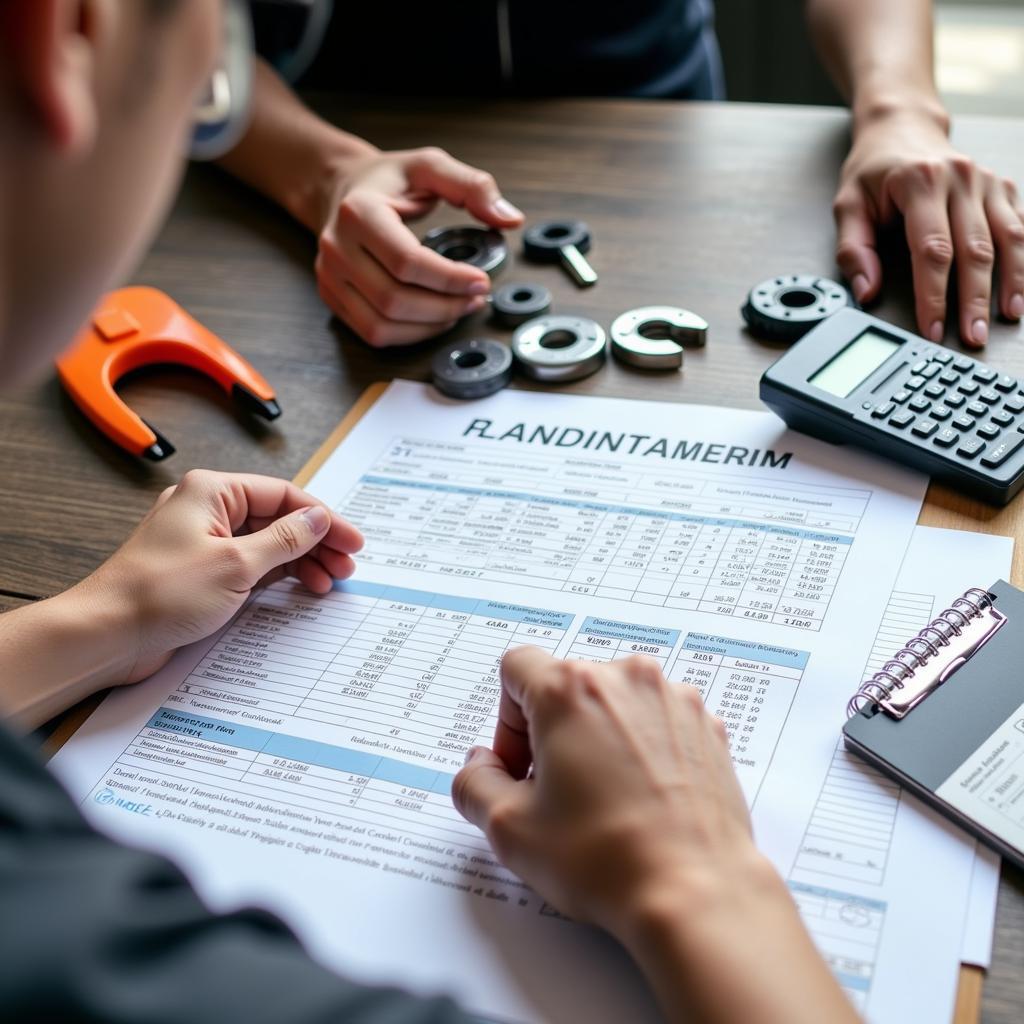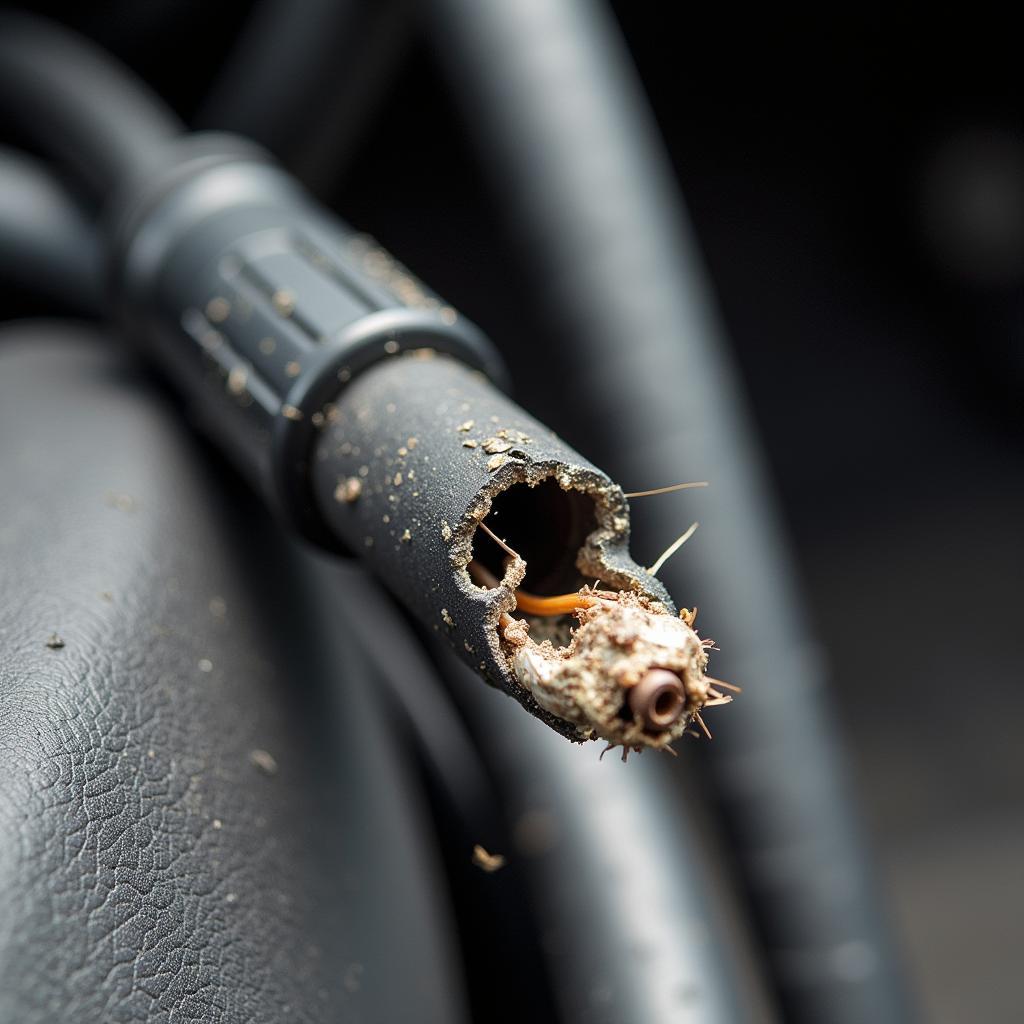Keeping your car on the road doesn’t have to break the bank. Understanding and managing your Car Maintenance Budget is key to avoiding unexpected expenses and ensuring your vehicle stays in top shape. This guide provides expert advice on creating and sticking to a car maintenance budget that works for you.
what should be my car maintenance budget
Why is a Car Maintenance Budget Important?
A well-planned car maintenance budget offers several advantages. It helps you anticipate costs, avoid financial surprises, and prioritize necessary repairs. Regular maintenance also extends the life of your vehicle, saving you money in the long run. Think of it as an investment in your car’s health and your peace of mind.
 Planning a car maintenance budget
Planning a car maintenance budget
How Much Should You Budget for Car Maintenance?
The “magic number” for your car maintenance budget depends on several factors, including the age, make, model, and mileage of your vehicle. Generally, you should set aside around $100-$200 per month for routine maintenance like oil changes, tire rotations, and brake inspections. However, older cars or those driven frequently might require a higher budget. Don’t forget to factor in potential emergency repairs!
how much should you budget for car maintenance
Creating Your Car Maintenance Budget: A Step-by-Step Guide
Step 1: Research Your Car’s Maintenance Schedule
Consult your owner’s manual or a reliable online resource to determine the recommended maintenance schedule for your specific vehicle. This will give you a baseline for expected costs.
Step 2: Track Your Current Spending
Review your past car maintenance expenses to understand where your money is going. This can help you identify areas where you can save.
Step 3: Categorize Your Expenses
Divide your car maintenance expenses into categories like routine maintenance, repairs, and unexpected issues. This allows you to allocate funds effectively.
 Categorizing car maintenance expenses
Categorizing car maintenance expenses
Step 4: Set Realistic Goals
Don’t underestimate the cost of car maintenance. Be prepared for unexpected repairs by setting aside a contingency fund.
Step 5: Regularly Review and Adjust
Your car maintenance needs will change over time. Regularly review and adjust your budget as needed to ensure it remains accurate and effective.
Tips for Sticking to Your Car Maintenance Budget
- Shop around for the best prices on parts and services: Don’t settle for the first quote you receive. Compare prices from different mechanics and auto parts stores.
- Consider DIY maintenance for simple tasks: Tasks like changing your air filter or wiper blades can be easily done at home, saving you money on labor costs.
best budget socket set for car maintenance - Address small problems before they become big ones: Ignoring minor issues can lead to more expensive repairs down the road.
“Regular preventative maintenance is the key to a healthy car and a healthy budget,” says John Miller, ASE Certified Master Technician. “Catching problems early can often save you hundreds, if not thousands, of dollars in the long run.”
Choosing Low-Maintenance Car Parts
When replacing parts, consider opting for low-maintenance alternatives. For instance, some brake pads are designed for longer life and require less frequent replacement.
car parts low maintenance costs
Conclusion
Creating and sticking to a car maintenance budget is essential for every car owner. By following the steps outlined in this guide, you can take control of your car maintenance expenses and keep your vehicle running smoothly for years to come. Remember, a well-maintained car is a safe and reliable car. Contact us at AutoTipPro for personalized assistance with your car maintenance needs. Our phone number is +1 (641) 206-8880 and our office is located at 500 N St Mary’s St, San Antonio, TX 78205, United States. We’re here to help you keep your car maintenance budget on track!







Leave a Reply